Once again, my sincere thanks to LiA MVP Nicc for commissioning this project!
Summer in Japan means so many things. Most obviously it means oppressive heat and ridiculous humidity for most of the country (and it’s forecast to be even worse than normal this year because of La Niña). It means Koushien, watermelon, the pool, the beach, ravaging hordes of mosquitoes. And summer festivals – the natsumatsuri which have been part of the fabric of Japanese life for centuries and anime virtually since it started.
There are many reasons why summer is a busy season for festivals. Some of them are ancient – this is a time for much of the year’s harvesting, a cause for celebration in the pre-industrial world and a reason why farmers needed a break. Some are modern – tourism, in the main. Because Japan’s festival season is mainly governed by the lunar calendar, what are commonly referred to as “summer festivals” don’t always neatly fall into the solar calendar’s June-August window. Broadly speaking though, it’s rare for a festival which falls before June to be “summer”, though September summer festivals are fairly common.
There’s also the 24 Sekki – Japan’s solar calendar which divides the year into 24 micro-seasons (for the really hardcore, there’s one which goes all the way to 72). The 24 Sekki came to Japan from China in the 6th Century, and was useful for the people in determining when to perform their annual agricultural tasks (and rites). This ancient system could be the basis of an entire post by itself, but for our purposes we can note that it had a hand in the placement of many seasonal festivals that trace their roots back to the agrarian age, summer festivals included.
Within the umbrella of “natsumatsuri” are a number of festival types which – again – are a big enough topic to warrant their own article but which I’ll only briefly touch upon here. Obon and Tanabata are the most prominent among these, and among the most important of summer festivals to this day. Obon festivals encompass the return of the spirits of ancestors to the mortal realm (on swift cucumbers – they return on slow eggplants). The timing of Obon varies by region but it’s always in summer, most commonly August. And along with New Year’s it represents the most solemn and important ritual of the year. Obon festivals invariably include the Bon Odori – a ritual whose origins are lost in the mists of time.
Then we have Tanabata, another festival prominent in the Japanese psyche and a frequent part of anime and manga. This one is known to have originated from the Chinese Qixi festival, and we introduced to Japan (by Empress Kouken) in 755. It also moves around the calendar depending on the region (it and Obon sometimes competing for space), but it commonly held in July. In Japan it represents the fated once a year meeting between separated lovers Orihime and Hikoboshi, and it commonly celebrated by writing wishes on small slips of paper and tying them to bamboo. Some Tanabata matsuri are truly spectacular visually (Aomori’s Nebuta festival is the most famous), and even small neighborhood festivals often pack a lot of charm.
So what are the key elements of what we broadly refer to as “summer festivals”? And is what we see in anime an accurate depiction? Surprisingly, to the latter the answer is broadly yes – at least as far as traditional elements are concerned. The wearing of yukata is common (though not as omnipresent as it was), and with teens an element of the “date” vibe. Geta (wooden sandals) too – which many younger Japanese (and me) find freakishly uncomfortable. These are crucial for the “broken strap/back carry” trope. The various food stalls (eponymous in shrine festivals, but especially natsumtsuri). Fireworks to be sure, at larger festivals. And sometimes mikoshi (portable shrines), the essential component of a Shinto festival in that they transport the Kami to and from their shrine.
As any anime fan knows, the summer festival is an important trope – especially in romance series. There are almost limitless examples – again, enough for a dedicated post and then some. I’ll talk about a few of my favorites here, but I have to call out a couple of special cases for praise. Both Watamote and ReLIFE used covers of Yoshida Takuro’s 1982 hit “Natsumatsuri” as special EDs, in brilliant fashion. The mood in each case could hardly be more different (both the context and the cover itself) but both were great additions to their series. Here are a few of my favorite summer festival episodes, in no particular order…
- Karakai Jouzu no Takagi-san – the two natsumatsuri episodes provided the climax to the excellent second season. All the old favorites were present – Takagi-san’s sandal strap breaking, a pledge to watch fireworks together, put in jeopardy by circumstances (the old lost child bit), a happy ending (thanks to some S-class wingman action). No series is better suited to the natsumatsuri trope than this one.
- Aharen-san wa Hakarenai – Episode 8 took Ahaken and Raidou through their natsumatsuri paces, complete with the requisite fireworks, lost child, and footwear malfunction. The genius of this series was taking those old tropes and using them in a way that feels fresh, and boy, did this episode ever do that.
- Tsuki ga Kirei – One of my favorite romance anime offers one of the very best takes on the summer festival. This time around it’s the Enmusubi Wind Chimes Festival at Hikawa Jinja in Kawagoe (this series has a very vibrant sense of place). This matsuri is actually very recent – it only started in 2014 – but as depicted here it’s incredibly memorable. Protagonist Kotarou gets ¥1000 from the priest at his local shrine, where he plays taiko and dances in their own summer festival, to take his sweetheart Akane to Enmusubi. It’s first love at its most heartfelt and powerful, a truly lovely use of the summer festival in anime (we even get a sandal incident). And if all that weren’t enough, the series uses the aforementioned “Natsumatsuri” as an insert song (and it’s hard to imagine a more appropriate usage).
- Cross Game – I can’t not mention the summer festival scene from the bonkers-great first episode of Cross Game. It’s completely different from anything else on this list, using the matsuri as a canvas for Kou to come to grips with his grief over (redacted). I’m not going to go into more detail and spoil the series for anyone who hasn’t read or seen it, but I’ll just say it’s an incredibly powerful sequence.
- Uchouten Kazoku – The Eccentric Family is Kyoto, and Kyoto is The Eccentric Family. The Shimogamo tanuki live right in my neighborhood (you could almost throw a baseball from my front door to Tadasu no Mori). Festivals feature occasionally in the series, but most memorably when the Shimogamo take to the skies in a sake-powered tea house for Gozon no Okuribi, the ritual burning of Kanji characters on the mountains surrounding the city which caps Kyoto’s observation of Obon.
- Mars Red – Well, maybe I lied about Cross Game, as this is a little bit like that, maybe. The story here follows a group of vampires who are in emotionally speaking still very much human. Obon is again the theme, and a very fitting one for obvious reasons. It’s a literal interpretation of the symbolic meaning of this most somber and powerful of Japan’s rituals, and one of the most emotionally powerful moments of the series.
- Suki na Ko ga Megane wo Wasureta – This is strictly a manga inclusion (the anime may get there, but I shudder to imagine what GoHands will do to the moment). It’s very much a classic romcom summer festival setup, with the protagonists – both middle schoolers – attending the local natsumatsuri as a rite of passage in their relationship. It’s generally wonderful, but what’s unique about this take on the standard trope is the girl’s father loaning an old yukata to her daughter’s boyfriend, in effect treating him as a surrogate son. That cuts against the grain of how we usually see father-boyfriend relationships depicted in anime and manga, in a very positive way.
There’s no question that the summer festival represents not only an important ritual for the Japanese, but one of the most widely-seen faces of the country for the rest of the world. Anime and manga have many wonderful representations, and while I wouldn’t necessarily say summer is the best time to visit Japan, experiencing a natsumatsuri first-hand is something anyone who loves Japan should do at least once in their lives.


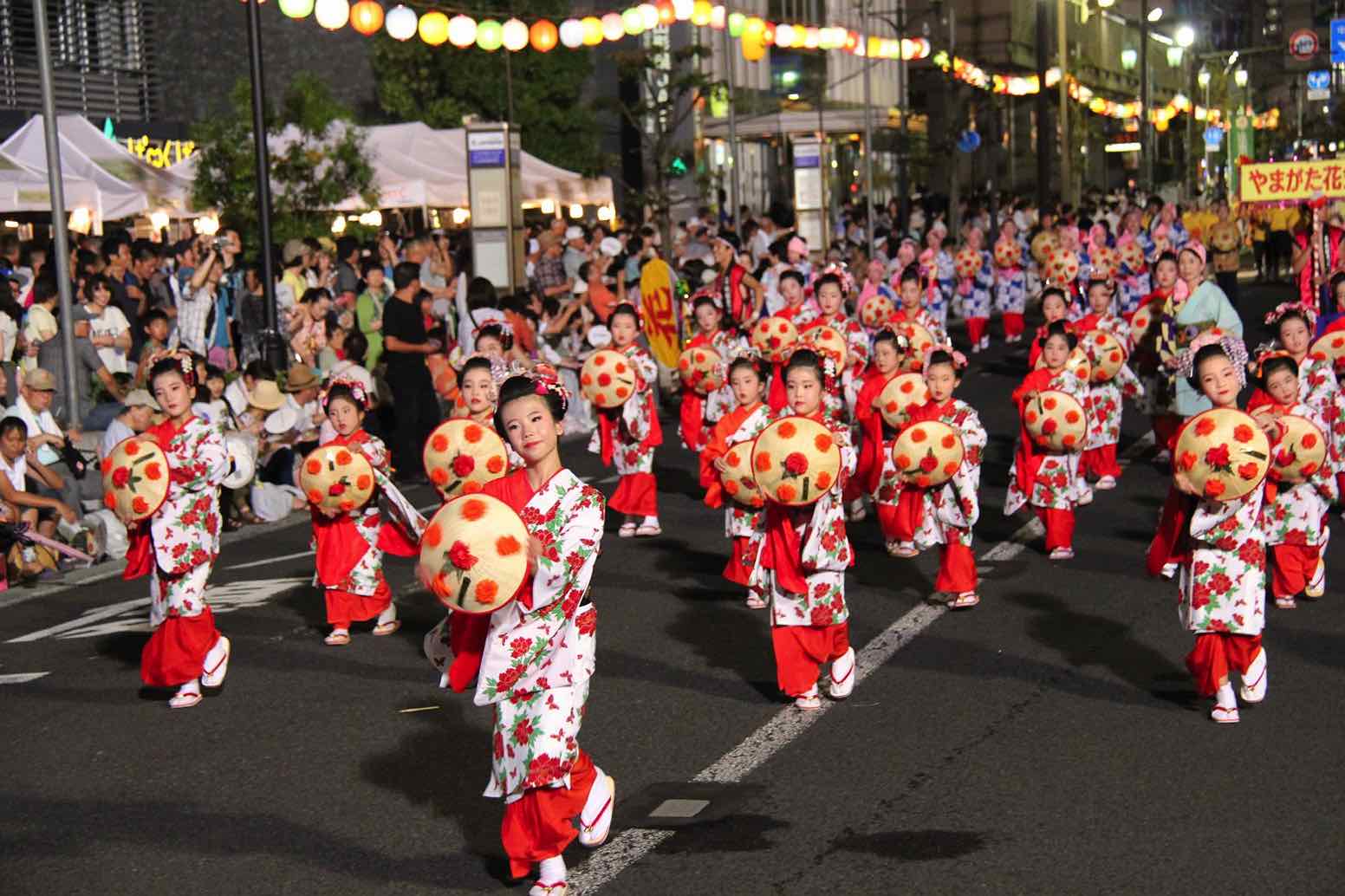
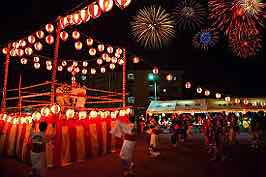

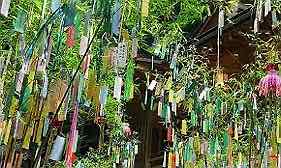
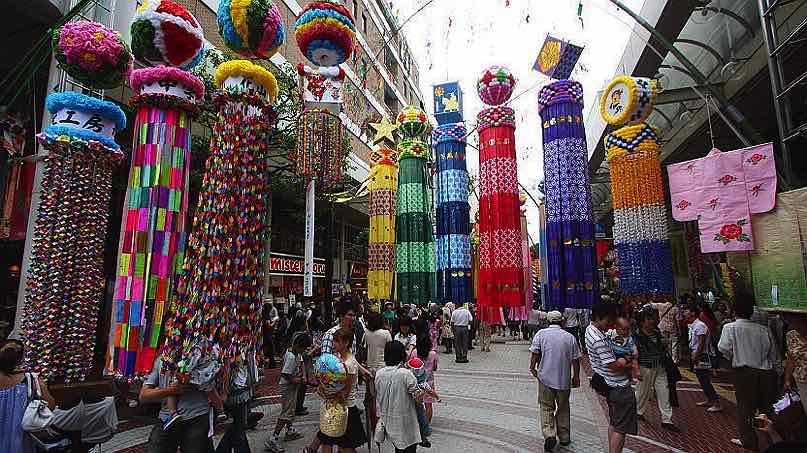
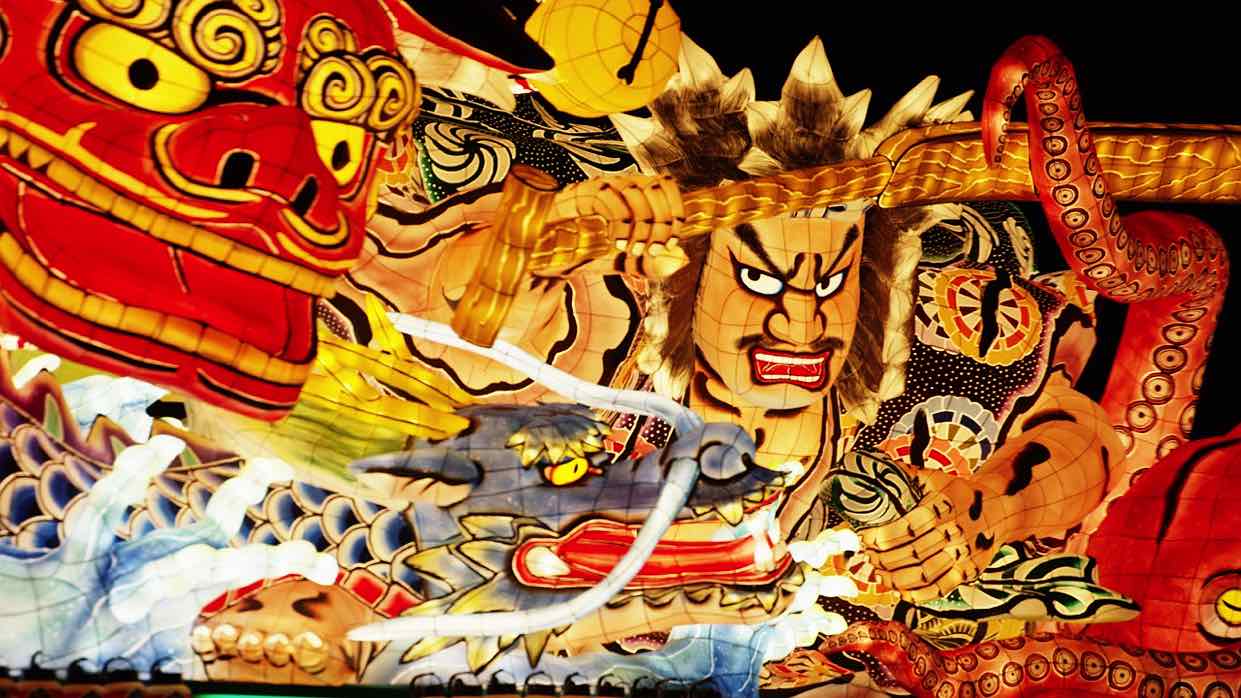
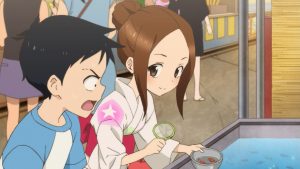
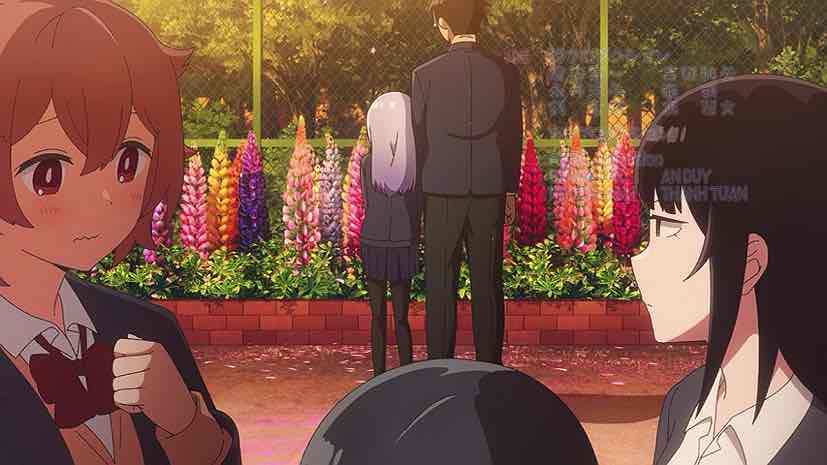
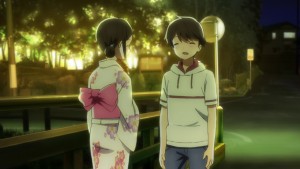
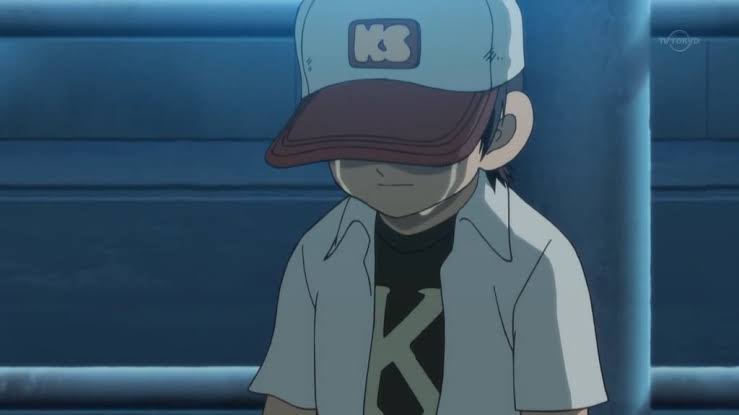
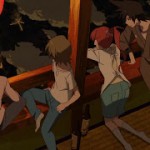
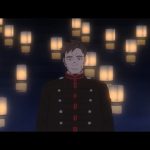
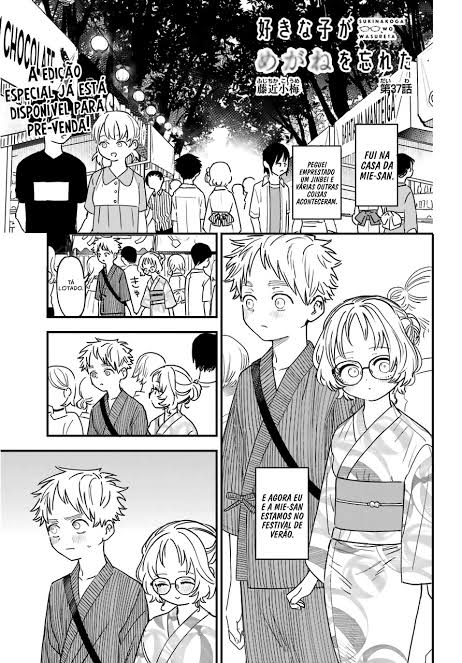
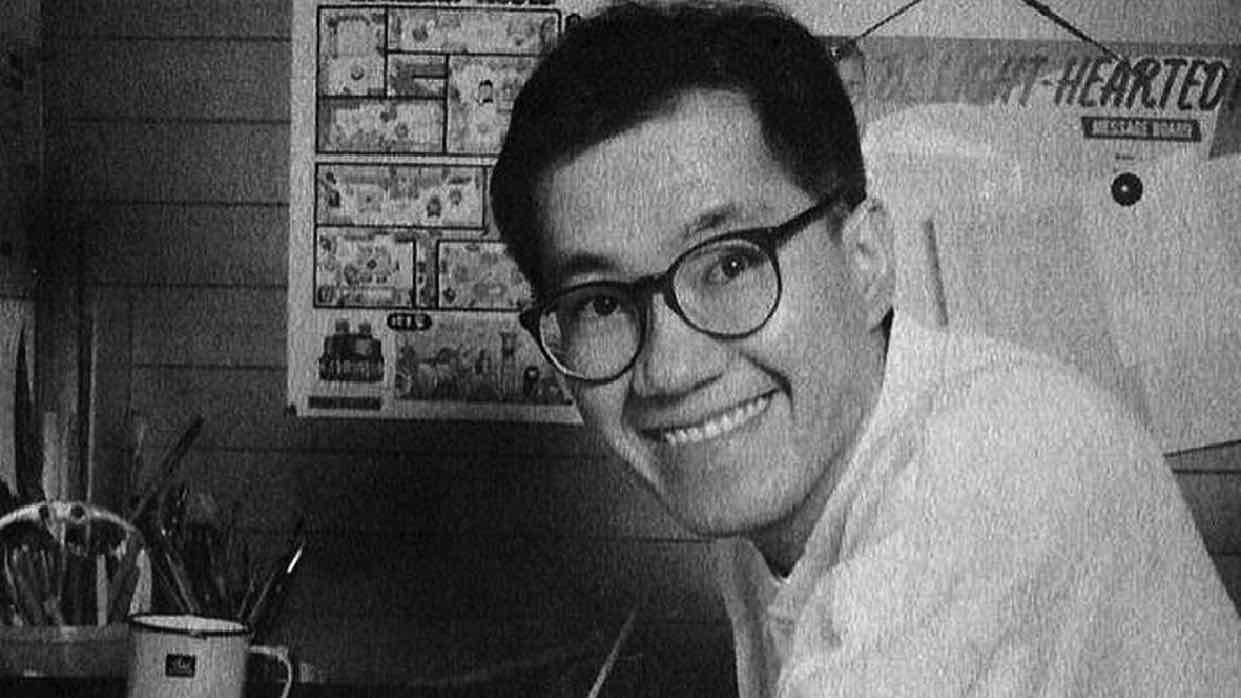
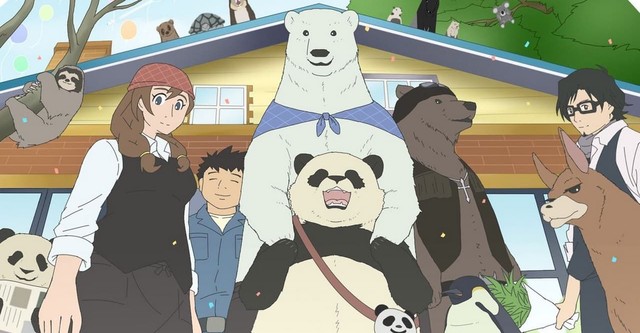
geha714
July 16, 2023 at 7:08 pmGreat article, Enzo!
Guardian Enzo
July 16, 2023 at 7:51 pmThank you!
Brian Guy
July 16, 2023 at 8:54 pmLearned quite a bit here. A minor quibble with the last in that Kaede is not yet at that point the boyfriend, though it’s not at all clear her parents know that at the time (nearly everyone they know has made the same assumption, after all). (That’s also not even the most relaxed and understanding moment between the two…)
Guardian Enzo
July 16, 2023 at 10:16 pmOh, he’s the boyfriend all right. And Mom and Dad know it too.
meow
July 17, 2023 at 2:30 amGreat stuff, very insightful, and perfect for summer.
Guardian Enzo
July 17, 2023 at 8:58 amThanks – But thank Nicc, he sponsored it!
Folcwine P. Pywackett
July 17, 2023 at 10:40 amWonderful, well written article! I actually learned some things! Thank you.!
Nicc
July 17, 2023 at 2:54 pmThis is a topic that I’ve long been interested in. The “festival episode” is very common and it has been weaved into genres outside of romance. My home city has both Tanabata and Bon Odori festivals. I’ll have to give them a visit one of these days. The trappings of a festival episode is always fun; games, food, socializing and fireworks. Okay, it looks like I’ll have to watch my Blu-Ray copy “Tsuki ga Kirei” sooner than later. Thanks again for the detailed, informative write-up regarding summer festivals and the episodes you have enjoyed. In the meantime, I hope that you’ve been enjoying summer so far.